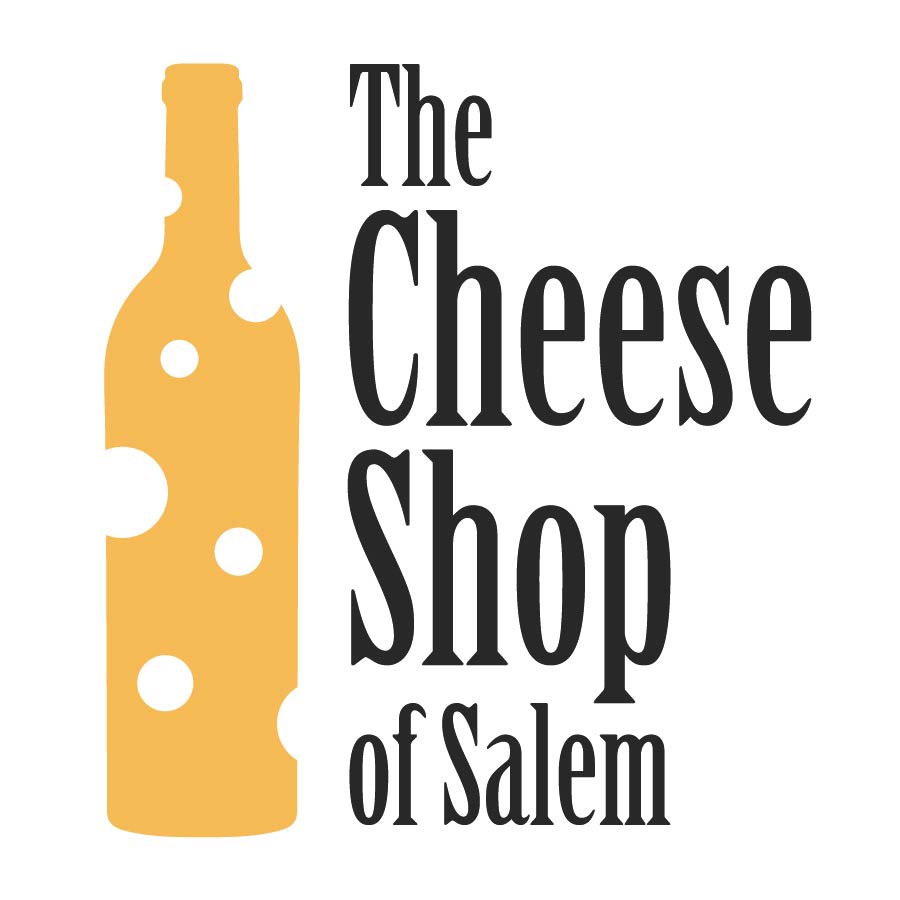Oh, Canada!
In the last couple of weeks, we have received our first Canadian cheeses! It is surprisingly difficult to get cheese from our northern neighbor, and, as usual, I turned to Janet Fletcher who writes the Planet Cheese blog, and The Oxford Companion to Cheese to find out why.
Very abridged Canadian cheese history lesson: Cheesemaking started in the early 1600s when French explorers brought cows to Canada, and where there’s milk, there must be cheese because the world is good. Thus, French soft-ripened cheese appeared on the continent. After the Revolutionary War, many British Loyalists had to git outta town and fled to Canada, bringing their own cheese tradition in the form of cheddar. Thus, Canadian cheese developed along two strands, soft and firm.
By the early 1900s, there were thousands of cheese factories across Canada, and cheese exports were at their highest, averaging 70,000 tons per year. However, this did not last. Large corporations bought small factories, which were either absorbed or shut down completely. While artisanal cheese is making a comeback today, most Canadian cheese is made in a couple hundred huge factories, and cheese exportation has decreased to less than 20,000 tons a year.
But, ok, maybe we don’t need more factory cheese since we make plenty of our own in the USA, but what about those artisanal cheeses?? Where are they? Every year, Canadian cheeses place at American Cheese Society competition, which should help their presence in the US. Still though, we have had a hard time finding them. Importation tariffs to the US are not ridiculously high, but they aren’t insignificant either, so that certainly adds to the cost of doing business across boarders.
Milk pricing in Canada also causes problems. I’ve written about how the sales price for a hundredweight of milk in the USA (a hundred pounds – such a weird way to price milk which sells in GALLONS, government people!) is less than it costs to produce it, so we’re losing dairy farmers who can’t operate at a loss for months on end. In Canada, they have the opposite problem where a hundredweight in March 2018 was going for around $27, which is about $12 more than in the USA. This allows Canadian dairy farmers to keep their farms, their animals, and actually make a living, but the high price can be problematic for cheesemakers.
After the expensive milk, the tariffs, and the shipping costs, the cheese can get pricey. Distributers are wary of whether they will be able to sell it to stores like ours because we don’t want cheese we can’t sell to our customers. (Quick sidebar: this conundrum also makes me think about what food actually costs. What does it cost to make food, whether that’s in a restaurant or in a dairy? How does it add to the price of food to have everyone involved make a living wage, have the animals treated well, have owners not operating at a constant loss? Does that make going out to eat, buying an organic banana, having steak, impossible for most people?)
Finally, though, we sampled some Canadian cheese that was just too good to pass up. They are all from Quebec, which has a strong and proud cheese tradition, mostly centered on French styles. We have Adoray, a lovely softie wrapped in spruce bark, Louis D’or, a buttery, smooth Alpine-style cheese, The Grey Owl, an ash ripened goat cheese that is sah-mooooth, and Le Fleur des Monts, an semi-firm sheepy number. And we’re not done with just these; we will be getting more because now that we have a taste for that Canadian magic, a.k.a. delicious cheese, we want MORE!
For the love of cheese and the complicated cheese world,
Kiri


